Alright, so I’m sure you are well aware that there are many different generations of Jeep Wrangler. CJ, YJ, TJ/LJ, JK are all chassis codes for different generations of the Wrangler. But with how expensive ridiculously expensive Wranglers are brand new, a lot of people have to get a used one. Thats where the TJ vs JK debate starts.
TJ
As I’m sure you might have figured out by now, the TJ Wrangler came before the JK Wrangler. The TJ replaced the YJ, and it was the first coil spring Wrangler ever. This attracted a lot more potential buyers as it handled better on the road, had a smoother ride, and had more articulation than ever.
The TJ came standard with Jeep’s 2.5L 4 cylinder, but had the legendary 4.0L as an option. The TJ also shared its suspension design with the ZJ Grand Cherokee.
Although it came with narrow Dana 30/35’s, the optional Rubicon model came loaded up with narrow Dana 44’s, factory air lockers, and a 4:1 transfer case, which made it the most capable Jeep ever at the time.
JK
The JK Wrangler was a huge change for the Jeep family. All previous Wranglers (CJ,YJ, and TJ), weren’t considered full size rigs, as the weren’t “half-ton”. But, the JK Wrangler is considered a full size depending on who you talk to.
Older off-roaders will consider it full-size, while newer off-roaders might not. I personally think its full-size, I mean, the thing is massive compared to my XJ Cherokee.
With the size increase of the JK Wrangler, the axles also increased in size. Although base model JK axles are still Dana 30/35, they are 4-5″ wider than the narrow width axles that come on TJ’s, which are even wider than the axles that came on the CJ Wrangler’s.
Also Read: Why Are Jeeps so Ridiculously Expensive?
Another big change was the move from a standard 4 cylinder, and optional inline 6 cylinder, to a standard V6. This was the first time in history that the Wrangler was ever offered with a V6. The XJ was offered with an optional V6 for a few years but thats something else entirely. The new V6 engines offered more power than ever, and more efficiency than ever.
TJ vs JK: Body Options
Another obvious change with the JK Wrangler is that it was the first Wrangler to ever be offered as a 4-door model. The 4-door versions of the JK are identified as the JKU (JK Unlimited). Although the JK is wider than the TJ, the actually length of the standard JK is 2.5″ shorter than the TJ.
This gives it much better approach and departure angles.
The TJ was offered in an extended wheel base model, dubbed the LJ, which isn’t an official name by the way. The LJ came with a 10″ longer wheelbase than the standard TJ, and standard Dana 44 rear axle. That longer wheelbase also increased its towing capacity from 2,000 lbs to 3,500 lbs.
TJ vs JK: Price
The biggest topic of debate when incomes to TJ vs JK is the price. We’re all trying to save a buck and no body wants to blow money that they don’t really need to. A good condition TJ Wrangler will run you about $8-12K, the more expensive ones generally have some work done to them, whether that be a suspension lift or lockers. A built TJ Rubicon can cost as much as $20k, and sometimes even more.
A good condition used JK Wrangler will cost about about $15-16k for a 2-door model, and a 4-door model will cost you about $20k. Keep in mind these figures are from local craigslist postings, so prices my highly differ in your area. A built JK Wrangler Rubicon can fetch as much as $100k if its brand new, but fairly used built JK Rubicons go for about $35-40k.
Thats a huge difference in price, and JK’s are holding their value ridiculously high for some reason. To be quite honest the JK Wranglers in my area are a “status” vehicle. Meaning that wealthy people are buying them and driving them around just because its a symbol of having money.
TJ vs JK: Suspension
The suspension design between the TJ and JK are for the most part the same. There are no changes between the designs worth noting, and no changes that make any significant change what so ever. But, the wider axles of the JK do allow provide more articulation.
Also Read: YJ vs TJ: Which One is Better and Why?
When it comes to articulation, the JKU (4-door) has a definite advantage. This is because its way larger wheel-base when compared to the TJ. As I’m sure to you know longer wheel base allows you to articulate on larger obstacles. But, the standard JK has a slight advantage due to its wider axles.
TJ vs JK: Axles
As I’ve mentioned quite a few times by now, the JK has much wider axles than the TJ, or any other Jeep of the past for that matter. But, thats not all good. The earlier model JK’s had major problems with axle tube strength, and JK owners were bending their axles on simple obstacles.
The current model JK’s no longer have the axle tube strength issue, but they have a slight axle C issue. The C of the axle (Where the knuckle is attached to the axle) is fairly weak, if you plan on running tires larger than 37’s they must be gusseted to avoid bending them.
The TJ Wrangler’s axles are pretty weak quite honestly. The Dana 35 rear and Dana 30 front that comes on base TJ’s is barely strong enough to hold up to 35″ tires. The tubes are plenty strong, but the shafts are pretty weak.
The LJ has a good advantage with its rear Dana 44. I say the Dana 30/35 is weak, but if you off-road carefully they’ll be just fine. I know people who have rocked 35″ tires on their Dana 30/35 for years and have only broken an axle shaft or two. Its all about your driving technique.
Both the TJ and JK Rubicon’s come with Dana 44 axles front and rear. The only notable difference is the obvious change in width. The axles under the TJ Wrangler are 61″ wide flange to flange. Where as the axles under a JK wrangler are about 65″ wide flange to flange.
One other difference between the two is that the TJ D44’s have air lockers, and the JK D44’s have E-lockers.
Summary
So, the TJ Wrangler and the JK Wrangler actually have a decent amount in common. But the JK is more efficient, larger inside and out, and much more comfortable over all. But its at a price tag nearly twice that of a TJ Wrangler.
If I didn’t have a family I would choose the TJ Wrangler, its much cheaper which allows a way larger budget for modifications. But, if I had a family, I would much rather have a JK Wrangler, and more specifically a JKU (4-door). It might be ridiculously over priced, but at least you can take your family on weekend adventures.
Disclosure: As an Amazon Associate, I earn from qualifying purchases made through links on this website.

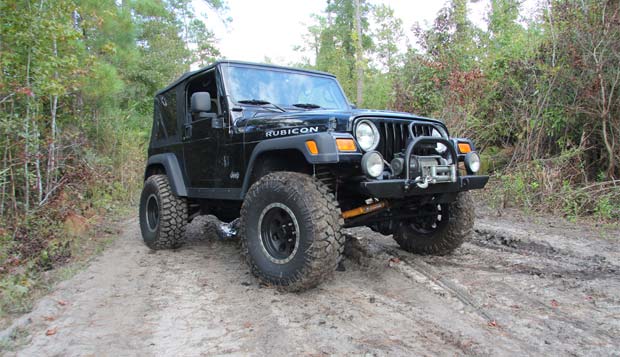
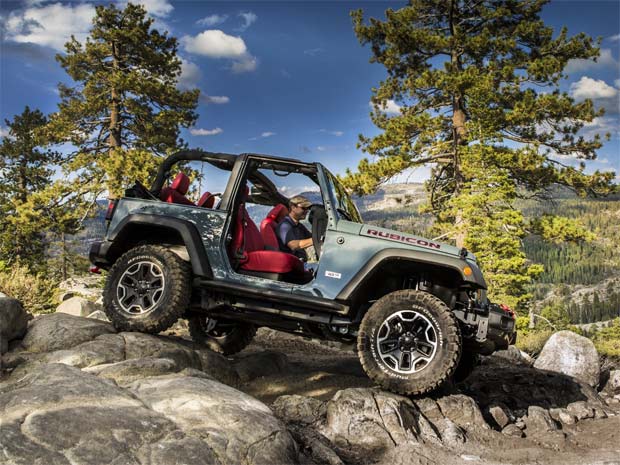
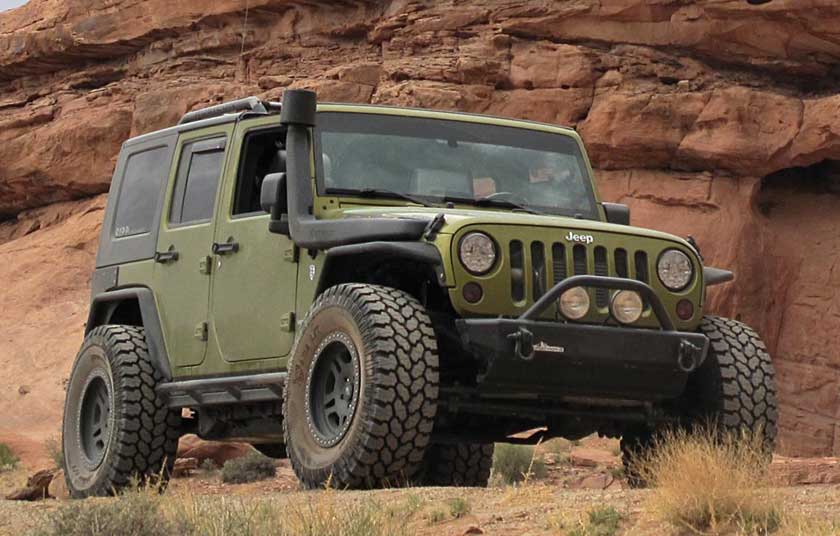
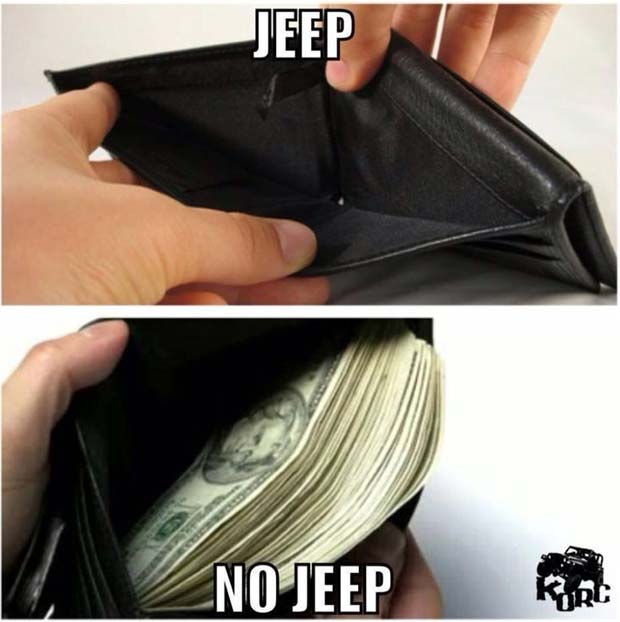
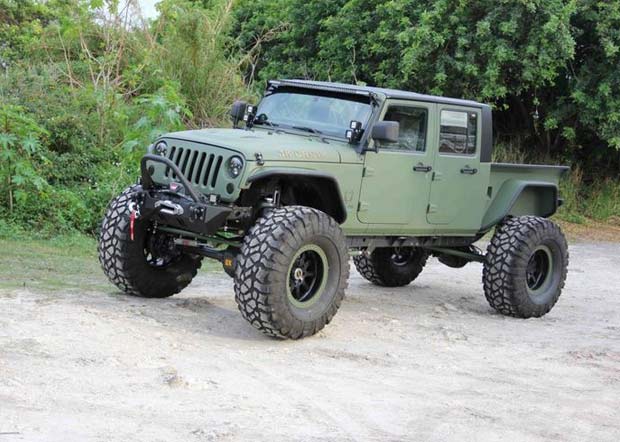
There are more differences in the jk vs tj rubicon 44’s than just the lockers. 30 vs 33 axle splines. Larger ring gear. Larger pinion shafts. Thicker axle tubes. Bigger axle tubes. Jk 44’s are much improved.
How is being larger on the outside a plus? Being larger means you can maneuver through fewer obstacles, except those which require the wider track. The TJ is a much more nimble vehicle. The JKs are way too bulky and heavy, making them less adequate off-raod. TJs have better visibility due to larger window ratio. TJs maintain the traditional look with the fender flares integrating with the hood/body and more traditional grill, while JKs are a significant departure from it with those massive fender-flares for one, and the massive flat and barren grill. There are tons of things you didn’t list on here.
You claim in the same article that “no Wrangler before the JK was offered with a V6” but previously claim that Wrangler includes the entire CJ line, making your V6 statement incorrect. If we only apply ‘Wrangler’ to the YJ+ rigs, you’re right, but the CJ5 was offered with the Dauntless V6 for several years before AMC took over the brand. I don’t normally consider the CJ lines to be Wranglers (neither does Wikipedia, Wranglers and CJs have different pages) but since you yourself called them Wranglers in the opening of the article I thought maybe some clarification would be in order. If nothing else it’s nice to remember that before AMC engines became the norm Jeep had (successfully) experimented with more serious power than the Willys 4-bangers.
Good day.in my country the custom duties are very high on vihicals ..kindly guide me can i fix the jk 2012 13 or 14 jk body on tj frame?
JK any day TJ makes me want to vomit.. they are cute for a girl but no real man would drive TJ… YUk!
is there any particular reason for this? Or do you just prefer the JK?
Because he’s a troll? TJ’s all day. I’ve found that men who worry about looking like men are the most insecure babies on the inside.
I have owned several Jeeps, Wagoneer, Cherokee, older Wrangler, TJ, and JK. Of all, I liked the TJ best. As the author noted, it is more nimble on the trails, and I found it was a lot more fun to goof around in, especially on tight trails. I admit the bigger Jeeps look awesome, especially after some nice mods, but I liked the Rubicon best for its stock capability, great axles, and lockers. I beat mine up for 10 years with only 1 broken axle shaft. Can’t say that about my current JKU, which has had many issues, including an engine and trans combo that really sucks. But, it is a great family vehicle that allows good off-roading.
Kevin,
Current JKU is or is not a Rubi? Curious.
So I love the old CJ7s. But I have seen a few JK’s out there for descent money. Either way I am spending around 15,000. Any reason I shouldn’t go a certain direction?
The jks have coil suspension so they are a much more comfortable ride than the old leaf springs. As far as power it depends upon what modifications have been made. The stock JK has more power, obviously, then the stock CJ, although that inline 6 4.0 L was a Torquay Engine with lots of modification potential. With either, it will depend upon what sort of driving you intend upon doing. If it’s going to be just a street vehicle you don’t need a lot of modifications, but if you want to rock crawl, play in the sand or mud, you will want some modifications to fit how you plan to drive. I have had a couple of CJ5’s, a TJ and now a J K and I like the JK best. I think the JK is the most stable, especially if lifted, but no Wrangler should be cornered at high speeds, regardless.
Can the tj series canopy fit correctly on the 2-door jk series?
In my opinion, they are a perfectly safe on road vehicle. Of course I don’t drive like an idiot. As for off road, they can be as safe or unsafe as any 4X4. Learn how to drive off road. Know both the capabilities and the limits of your vehicle and yourself and don’t try to conquer obstacles that are at a level beyond your abilities.
Kruke